4 Super Ways to Attract Butterflies–Let Nature Beautify Your Garden!

by
Wet & Forget
(IC: professional)
Spring’s flowers will be blooming soon, and with the blooms come the butterflies. These beautiful little bugs come in nearly every color, and few things are more calming than watching them flutter lazily along under the summer sun. Butterflies are also an excellent way to teach your kids about nature; the butterfly’s life cycle and migration are fascinating to young and old minds alike. But you don’t have to just sit on your deck and hope a few butterflies happen to stop by–read on to find out about 4 ways to roll out the welcome mat for nature’s painted ladies, and fill your garden with a fluttering rainbow this year.
Building your own DIY plate-style butterfly feeder is the easiest way to attract butterflies to your garden. To make the simple plate feeder we found on HomeScienceTools.com, all you need are a plastic plate or the lid from a 1-gallon bucket of ice cream, some string, a little orange juice, and some overripe fruit. First, punch a few small holes around the edge of the plate, and thread the string through the holes to fashion a hanger for the feeder. Hang the feeder from a tree branch, slice the fruit, and place the fruit on the plate. Pour a little orange juice over the fruit to keep it moist, and watch the show! The feeder will attract other insects too, such as bees, so don’t hang it too close to where people will be sitting.
A butterfly house provides a warm, snug place for butterflies to spend the winter, and more butterflies wintering in your garden means more butterflies visiting your garden during the warmer months. A butterfly house consists of a small, narrow wooden box with a hinged back and slits for the butterflies to enter and exit.
Enjoyed the project?
Published February 4th, 2016 3:19 PM



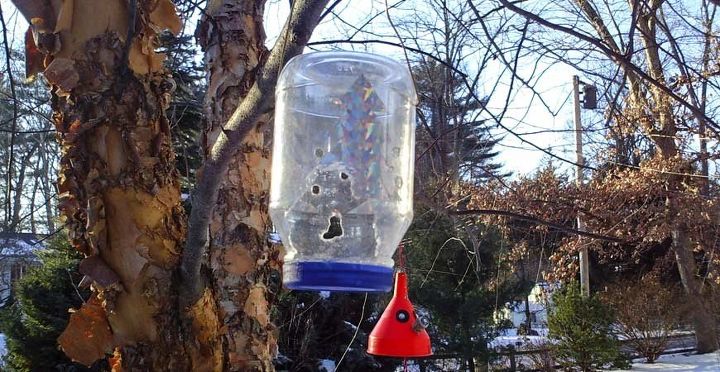


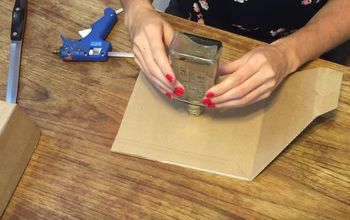



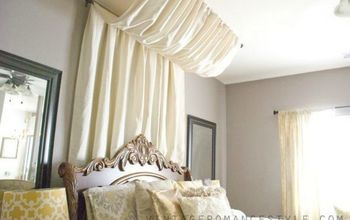


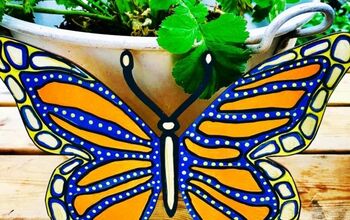
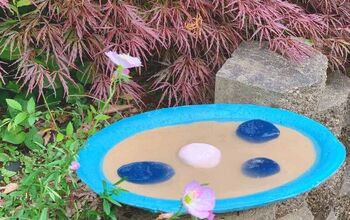

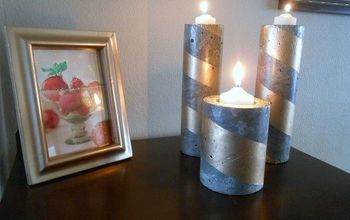

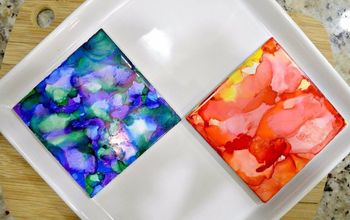


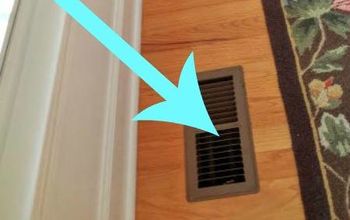
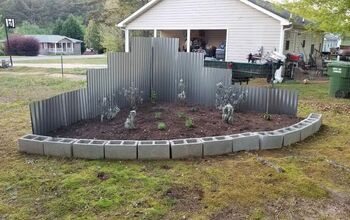



Frequently asked questions
Have a question about this project?
Where are the links for the butterfly houses?